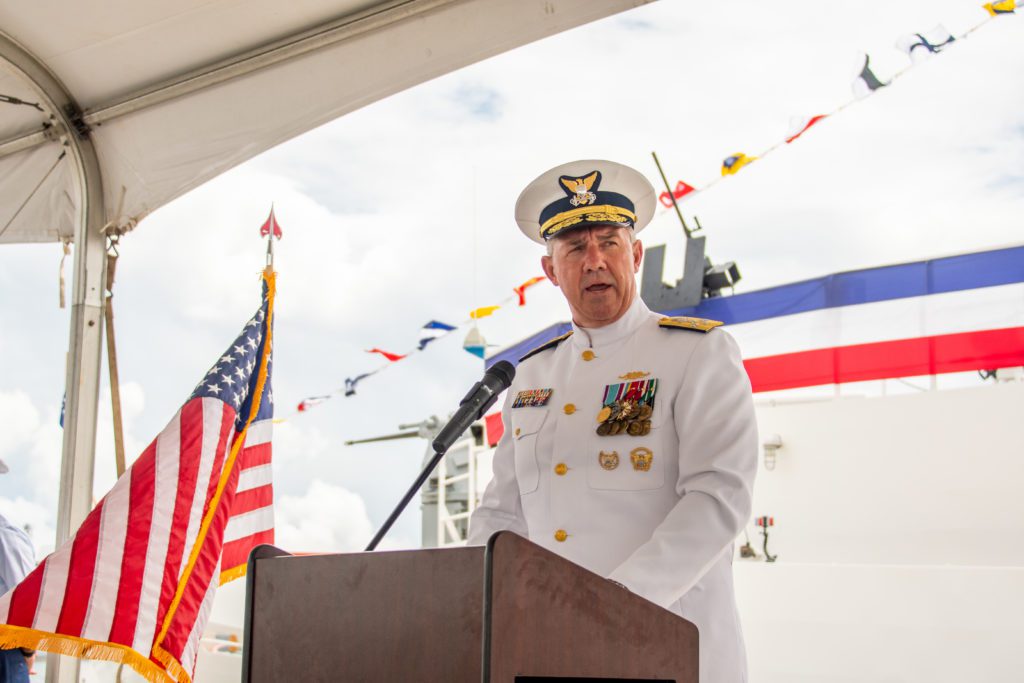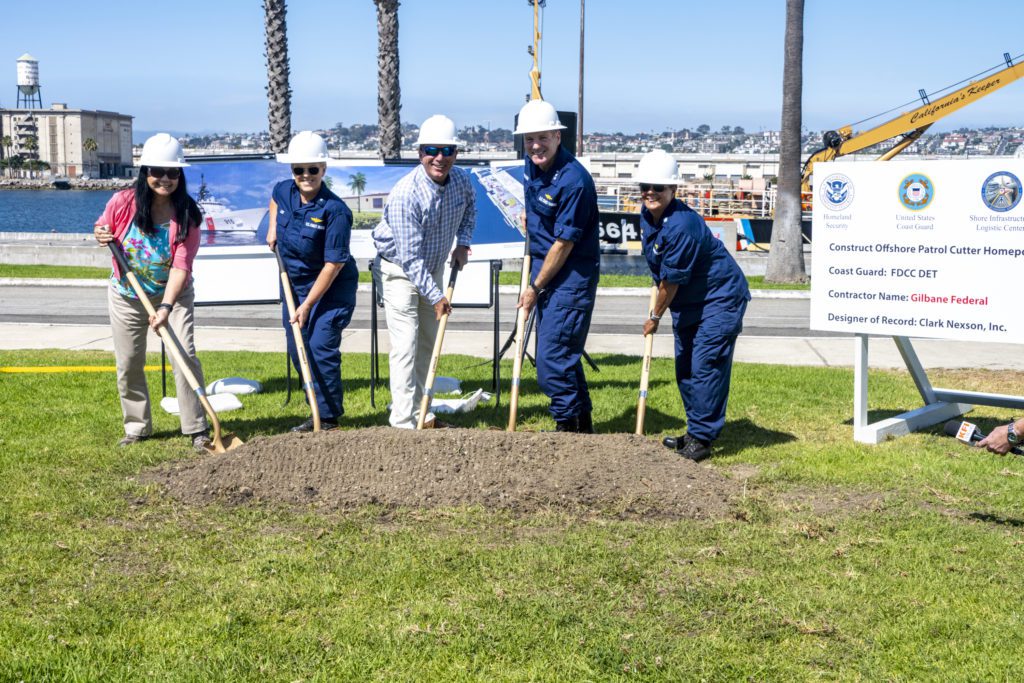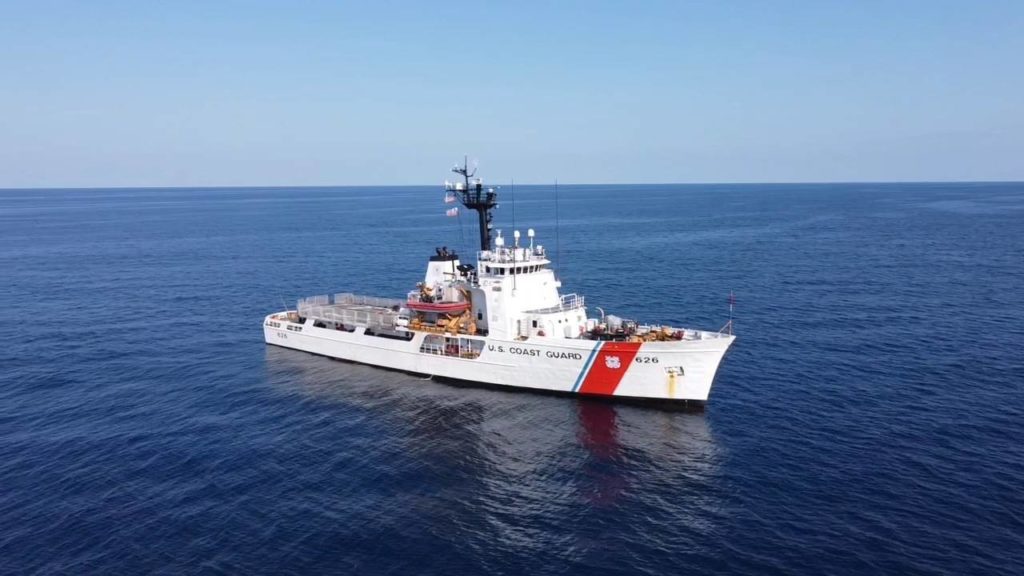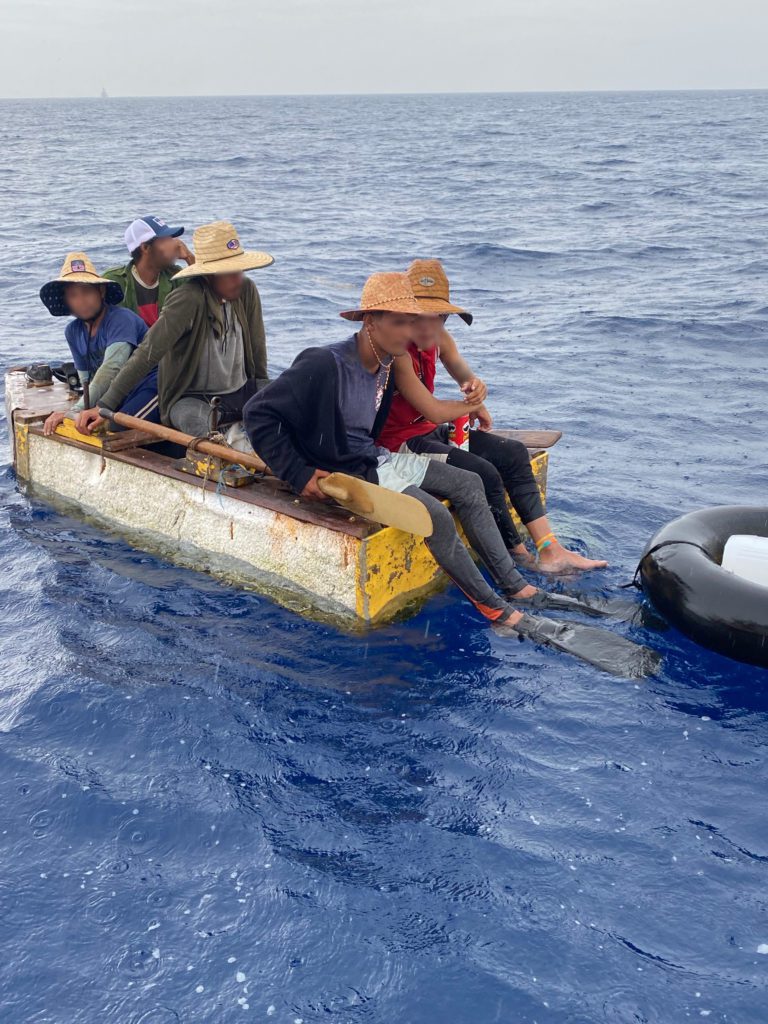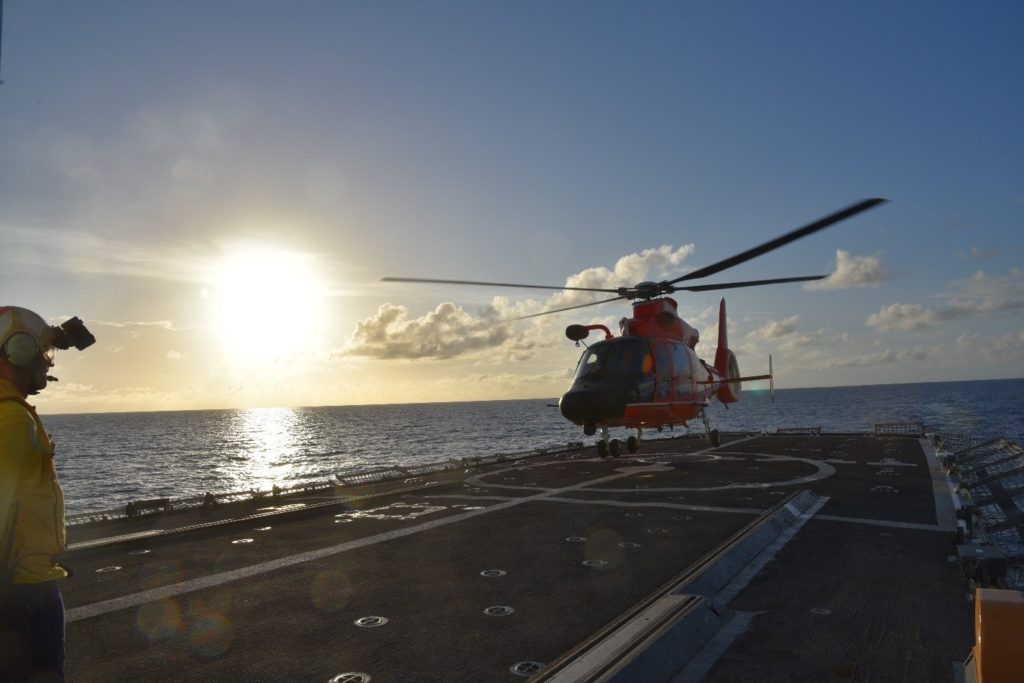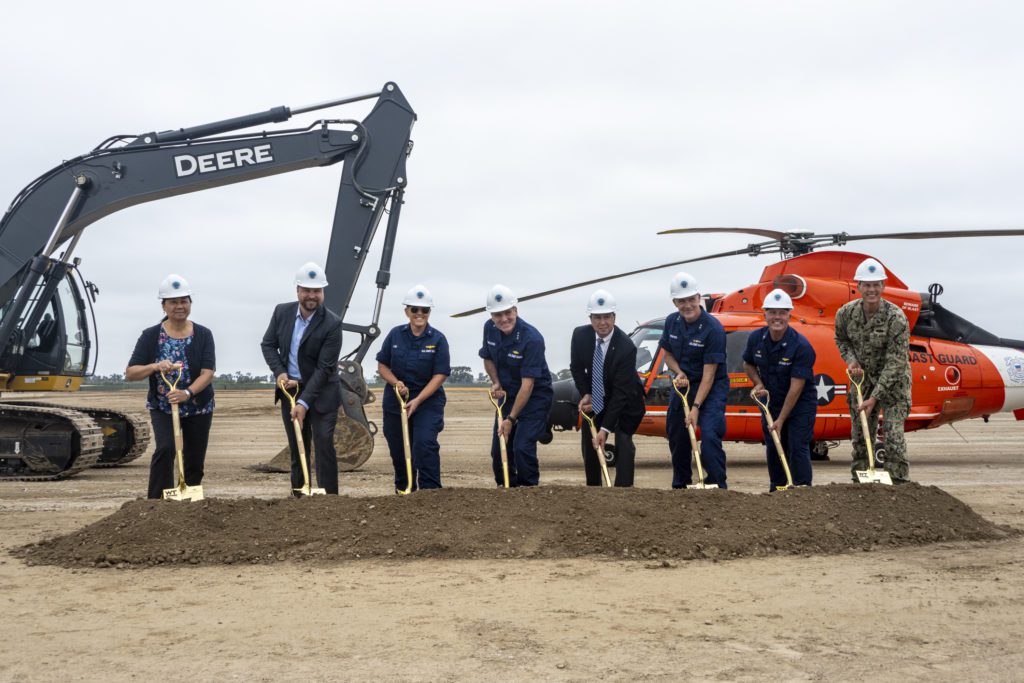AI Could Hammer Out Issues Plaguing Shipbuilding Supply Chain After COVID-19

NATIONAL HARBOR, Md. — A key to alleviating the chronic challenge of better maintainability and sustainability of increasingly complex naval ships is earlier and constant collaboration between the services acquisition officials and industry, starting with upfront dialogue on requirements for new systems, a panel of service and industry leaders said Wednesday.
Those problems have been acerbated by the COVID-19 pandemic’s impact on the shipbuilding work force and supply chain, the lack of clarity in the Navy’s future shipbuilding plan, the cybersecurity threat and the reoccurring budget uncertainty, the panel members agreed. But help may be in sight with the push for artificial intelligence, which could improve predictability of component failures and demand for spare parts, the leaders told a Navy League Sea-Air-Space expo forum.
“Success for us is working with our industry partners,” looking for feedback, starting with setting requirements for new programs and “getting it right up front,” said Tom Rivers, executive director Amphibious, Auxiliary and Sealift programs at PEO Ships.
Among the top priorities for the Coast Guard is interoperability and “life-cycle engagement with industry and our sister services,” said Rear Adm. Douglas Schofield, Assistant Commandant for Acquisition.
Improving efficiency and savings depends “a lot on collaboration and feedback with the services,” said Larry Ryder, vice president Business Development and External Affairs, Austal USA. “We have put forward ideas that can reduce cost, increase reliability. But we need to work with the services.”
To avoid logjams in major maintenance, “we need industry to tell us where those tricky spots are. … Tell us up front so we knew” how to schedule the work, Rivers said. If they get “feedback up front from industry” where they expect problems, ‘we’ll change our requirements.
“New programs have a lot of requirements” and we need to “work with industry from the start to get right, Rivers said. “We really need to build ships faster.”
Rivers said the Navy also is making internal change, including adopting a plan for data analysis of systems and creating a “war room” that will provide focus and contact with industry partners. And they are designing for maintainability and flexibility in new ships. “We’ve never done that before.”
The Navy major new start is the DDGX, the next-generation major surface combatant, Rivers said. It will draw heavily on technologies and lessons learned from the Arleigh Burke DDG-51 program, he said. His office is engaged in developing the new light amphibious ship to meet the Marine Corps’ need for a cheaper, more mobile platform for its distributed operations in contested littoral. And to alleviate a serious lack of dry dock capacity on the Pacific coast, Rivers said the Navy will put out a contract this year for a new dry dock.
The three officials agreed that there are concerns with the fragility of the shipbuilding and repair industrial base, with major problems with the second- and third-tier suppliers, some of whom went out of business because of a slowdown in orders during the pandemic. Ryder said industry needs greater stability in demand from the services in order to build and retain a work force.
Schofield raised the new threat of cyberattacks, saying the Coast Guard is working with its service partners and industry on cybersecurity, “making sure industry can facilitate security,” a concern echoed by the other two speakers.



